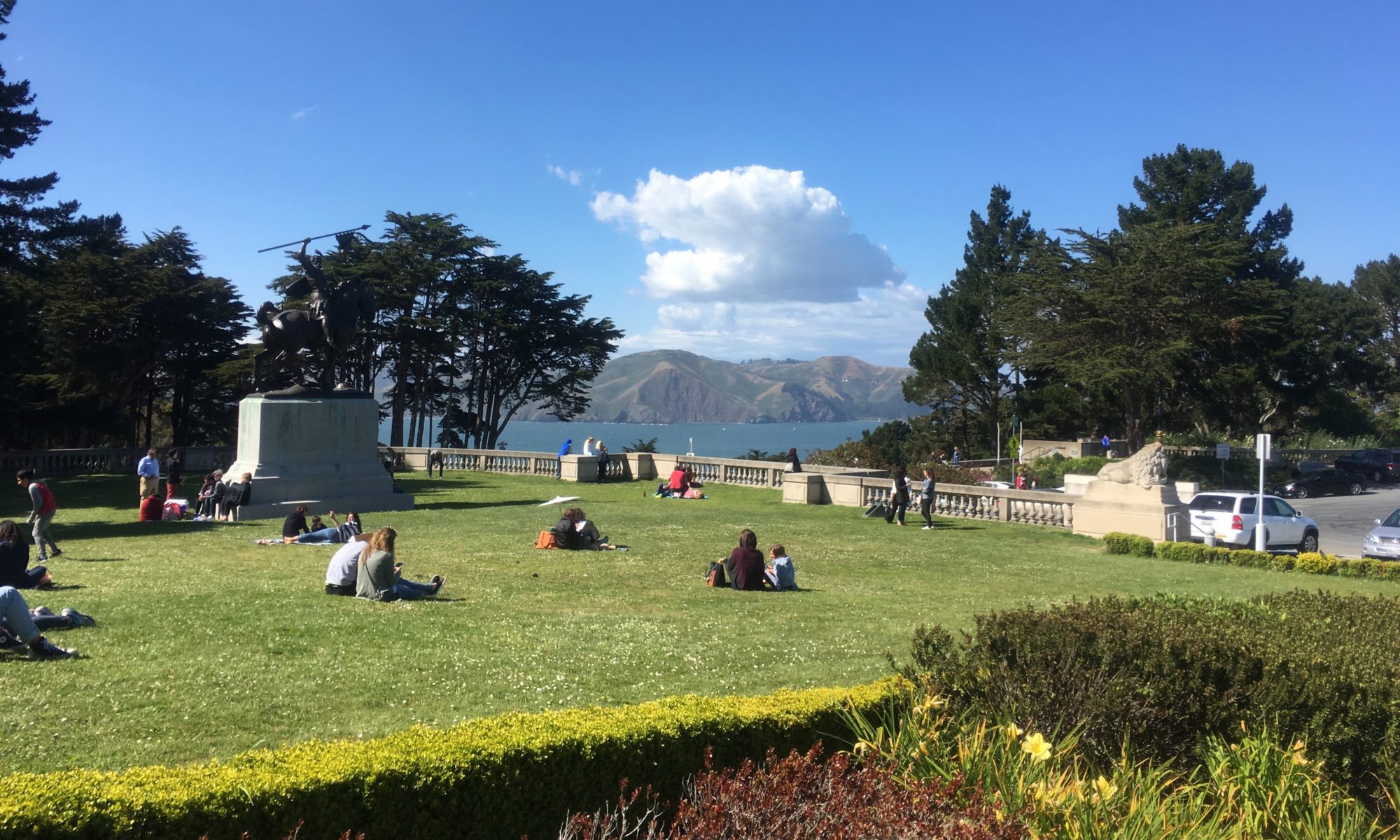By JEANNE KUANG : calmatters – excerpt
Amid a post-2024 wave of Democratic interest in the burgeoning pro-development “abundance” movement, this seemed to be an easy year for California’s yes-in-my-backyard housing development activists.
Democratic leaders in the state Legislature declared their intention to
tackle affordability this year. Gov. Gavin Newsom and other politicians have since embraced
the “abundance” platform, which argues that Democrats must do more to quickly deliver housing, transportation and other infrastructure projects to their constituents.
Lawmakers have introduced ambitious bills that would, for housing developments in existing neighborhoods,
blow a hole through the longstanding thicket of environmental reviews and regulations that often slow down projects and add costs.
One of those passed its first committee on Monday.
Still, YIMBY-ism hit a stumbling block Tuesday in the form of the Senate housing committee. The committee, led by Sen. Aisha Wahab, nearly killed
a closely watched bill to require cities to allow taller, denser apartments and condo construction near public transit stations.
Wahab said she was acting on a chorus of familiar objections from progressives and others who have long delayed housing construction in California: The legislation didn’t guarantee that projects would be built with union labor. It didn’t require that the new units be affordable for low-income residents. It could infringe on local governments’ ability to block or green-light projects. It opened up the possibility of bypassing certain environmental reviews.
In the end, the committee voted 6-2 against Wahab’s objections to narrowly advance Senate Bill 79, by Sen. Scott Wiener, a San Francisco Democrat and prominent advocate for housing production. Some Democrats were absent or didn’t vote. The committee also killed a different Wiener bill that would have further loosened restrictions on property owners who want to split single-family homes into duplexes. It was a stark reversal from prior years in the Legislature, when Wiener chaired the housing committee and pushed through several bills to spur housing production…
A progressive who is focused on preserving explicitly affordable units for low-income tenants, Wahab, a Hayward Democrat, was pushing for legislation to help cities that enact rent caps compete with other municipalities for state housing and planning grants. Some studies
have found rent control in San Francisco has reduced rental supply, while other economists say capping rents is still needed to help those who are housing insecure.
“The state has prioritized development, development, development,” Wahab said. “The types of development that are going up with zero parking and all these giveaways to developers have also not translated to housing that has dignity that people want to stay in and raise their families in.”
Her bill (SB 262) drew skepticism from some colleagues on the committee, who noted the state funding programs are for development and production, but nevertheless voted to advance it…
(more)
